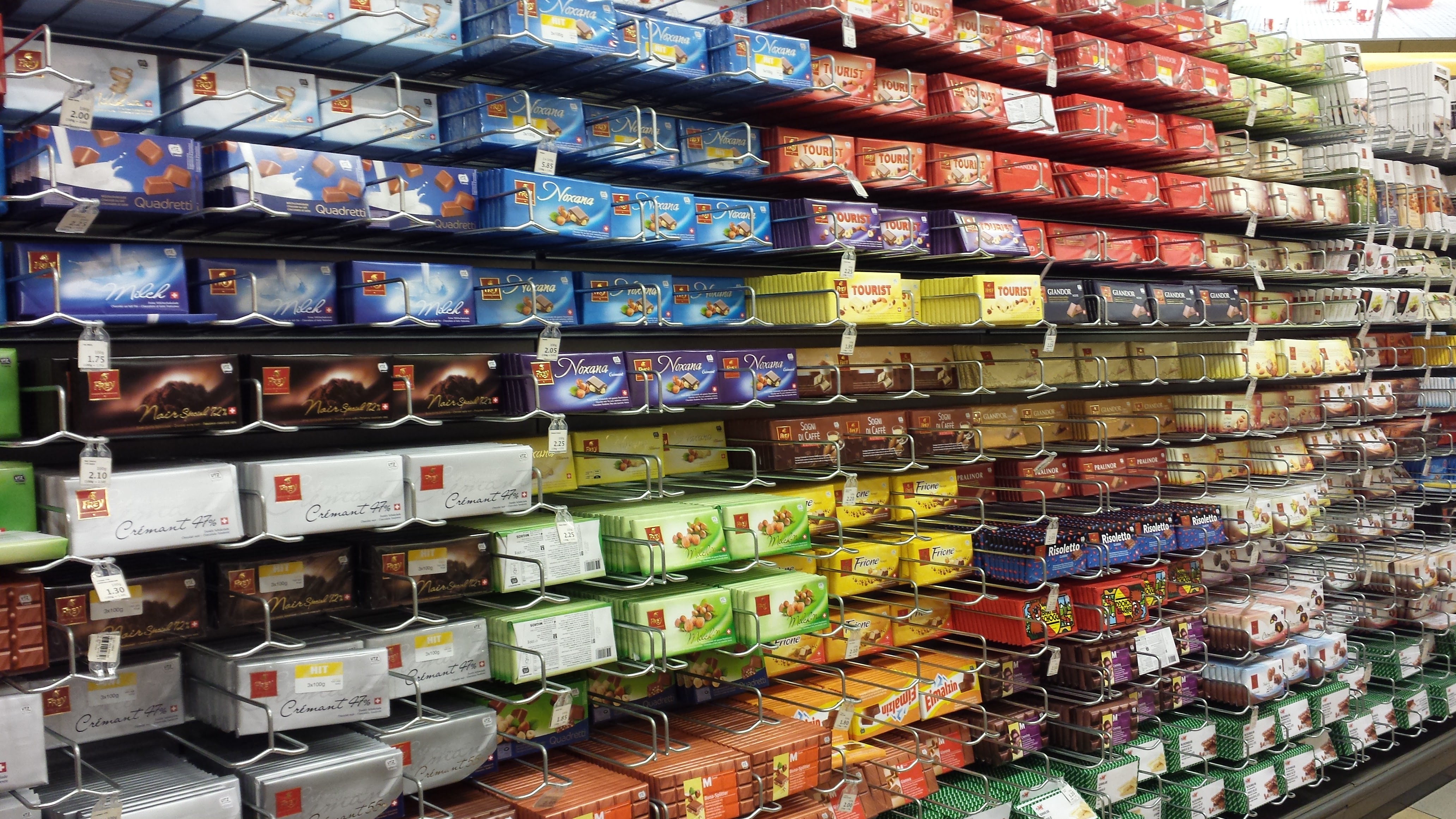Swiss Food CulturePatti - October 11, 2017

Swiss Food Culture
Having only lived here two years, I can’t claim to be an authority on Swiss food yet. Especially since most of what I know comes from my husband’s family, and I am not sure what is unique to their family (because of their ten children) or what is actually Swiss. But some things I have picked up and it amazes me how small differences really stand out.
Types of Food
Breakfast
In my husband’s family, breakfast is simply bread, butter, and jam. On Sunday they eat Zopf with butter and honey. Cereal, oatmeal, yogurt, fruit, cheese, and hard boiled eggs are all typical breakfast foods as well.
Main meals
The traditional Swiss food has its roots in the rough alpine farming lifestyle. Therefore, most cuisine is considered poor, or hearty. Meat, potatoes, cheese, and bread make up most dishes. The Italians have made pasta a staple, and almost every lunch or supper includes a salad of some sort. Because of the huge diversity of cultures within Switzerland, you can find the ingredients for any kind of cuisine you wish. In general, food is not as spicy or flavorful as in the U.S., but it usually is much healthier. Here are a few of the traditional meals:
- Fondue – bread dipped in melted cheese
- Raclette – melted cheese poured over potatoes
- Älplermagronen – a kind of macaroni and cheese with potatoes mixed in
- Rösti – hash browns
- Birchermüesli – oatmeal, fruit, and yogurt
- Zopf – a braided bread, usually eaten on Sunday
- Brötle – This is simply grilling Wurst or steaks (usually pork). It is very popular in the summertime
Supper
Most families have a large lunch (children come home from school and husbands often come home from work), and supper is bread with deli meats and cheese. Some have salad as well, though my husband’s family prefers cereal for supper. This was the biggest and hardest change for me. Supper is the main meal in America, and I find it difficult to last until morning with just bread or cereal.
Desserts
Desserts are not always very sweet. Many Swiss favorites taste like a very dark gingerbread or have a strong anise flavor. Cakes are generally drier, less sweet, and the icing is a hard glaze rather than a creamy frosting. Yogurt is also a popular choice for “Nachtisch” (an after-meal sweet). The cookies are generally crispy biscuit cookies, and the Christmas favorites are often made with ground nuts rather than flour. The chocolate is divine, though. Everyone eats at least some chocolate nearly every day.
Beverages
The main beverage in Switzerland is water. But carbonated mineral water is just as popular (if not more so) than regular tap water. At mealtimes, there is usually a sweet drink made from a syrup and water. Children drink hot milk in the mornings, and adults drink coffee or tea, though my husband still prefers the milk or hot chocolate.
My husband and I don’t drink alcohol, so I don’t know very much about the beer and wine culture here, but I know that the Swiss tend to drink very responsibly; rarely having more than one beer or one glass of wine in one sitting. In fact, the laws about driving under the influence are so strict, that many people will not drive after having only one beer. Coffee is also a popular way to socialize. Pretty much any time of day you’ll find someone who thinks it is time for a cup of coffee.
Times for Food
If you ate at every possible meal/snack time in Switzerland, you would be a hobbit. There is Z’morge, Z’neuni, Z’mittag, Z’vieri, Z’nacht, and Bettmumpferli. (Breakfast, mid-morning snack, lunch, afternoon snack, supper, and bedtime snack.) My husband’s family had the three main meals and something sweet for Z’vieri every day at 3:30. I tend to mix in the German tradition of having coffee in the afternoon as well.
Table Manners
At a family style meal, the hostess will serve everyone, rather than pass serving dishes around the table. If you want more, you ask for more; though in some families, taking it yourself might be acceptable. The fork is held in the left hand and the knife in the right. You never switch, and you keep both hands on the table at all times. If you stop eating, but are not finished or still want more, you lay your silverware on the plate as if you are about to pick it up again (fork on left with tines at an angle toward the top of the plate, knife on right with point at an angle toward the top of the plate). If you are finished, both fork and knife go on the right in the 3:00 position, with handles pointed out. It is generally polite to refuse something you do not like (children excepted, of course). When you eat as a group, it is polite to offer the person next to you the water before pouring for yourself.
I typically cook and bake American recipes, with a few Swiss recipes thrown in. After a few more years, I may cook more like the Swiss, but for now, I stick with what is familiar to me.
Aaand photo credit to the amazing Julie Horner (since I forgot) ;)